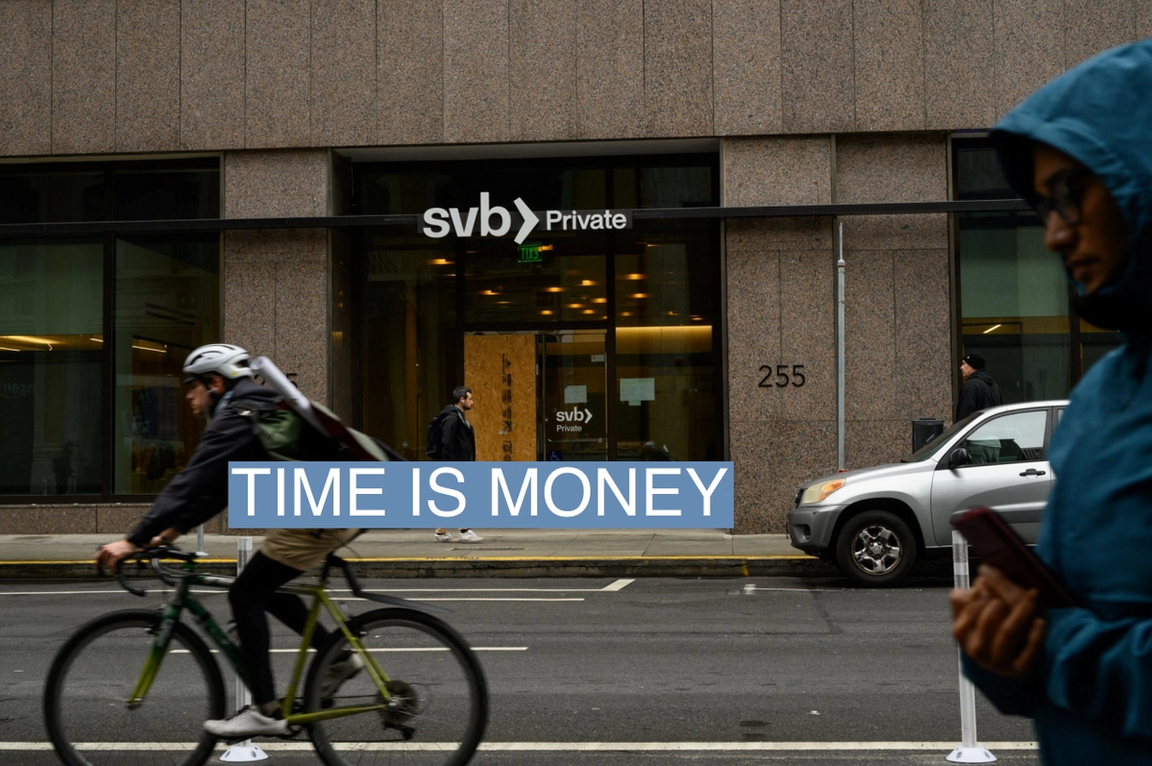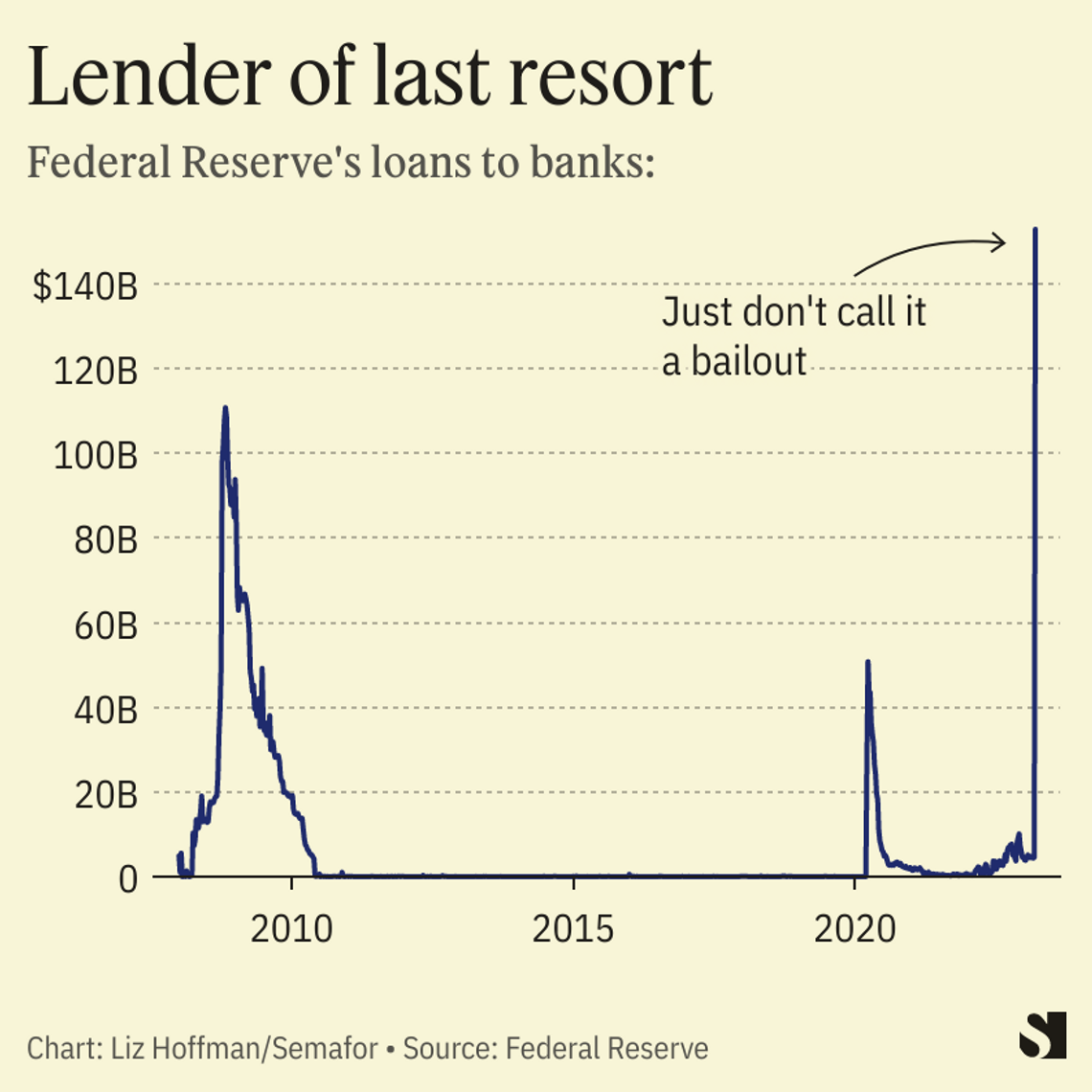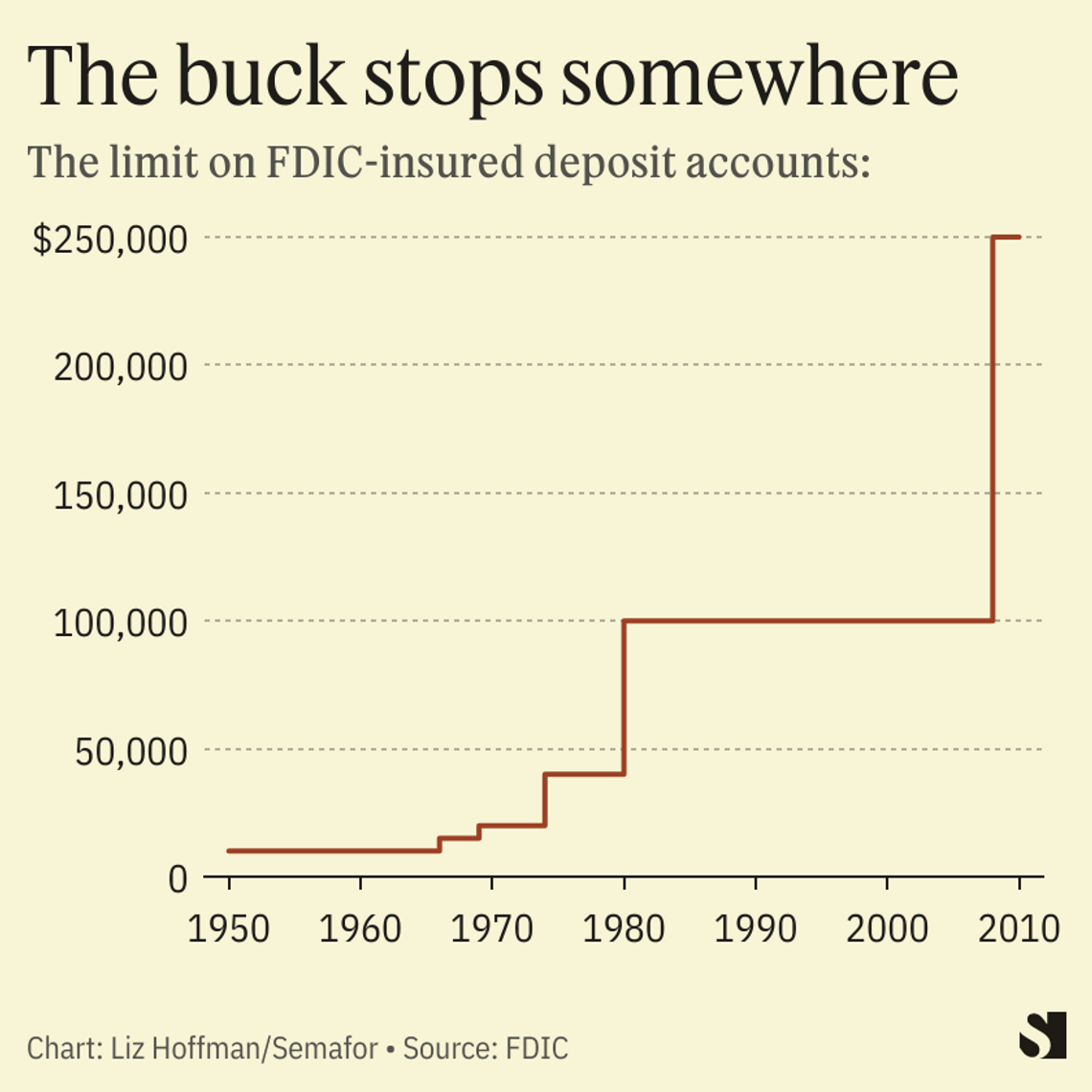THE SCOOP  Reuters/Kori Suzuki Reuters/Kori SuzukiSilicon Valley Bank lost a crucial day to raise money from investors after its board rejected executives’ financial projections, leading to a chaotic and ultimately doomed scramble that pushed the company into insolvency, people familiar with the matter said. Coming into the weekend of March 4, SVB was facing a steep downgrade to its debt from Moody’s, the credit-rating agency, and had hired Goldman Sachs to advise on its options. The plan had been to sell a portfolio of underwater bonds and crystallize losses, and raise $2.25 billion in additional cash to shore up the lender’s finances. Bankers were aiming to begin feeling out investors the following Tuesday, March 7, to gauge interest before a broader share sale was launched to the public. But before that could happen, SVB needed fresh financial projections, because circumstances had changed since CFO Dan Beck had reaffirmed rosy earnings guidance at a conference in mid-February. On Monday, March 6, Beck’s team presented new numbers to SVB’s board, which believed they were too pessimistic — particularly on when venture fundraising, which was a key driver of SVB’s deposits and had cooled in recent months, would pick back up, people familiar with the matter said. SVB’s executives had assumed it would be awhile, which meant that the firm’s startup clients would continue to spend down their deposits at the bank. Board members pushed for rosier forecasts, believing that venture firms sitting on record amounts of money would have to start investing it sooner. Executives returned with revised projections that were approved March 7, leaving only one day to begin the process of sounding out investors. The deal was announced just after the market closed on March 8 but even then, final materials weren’t ready. The legal document outlining terms of the deal wasn’t released until the following morning. By then it was too late. Investors’ mood had soured quickly after Moody’s downgraded the company and Silvergate Bank failed. The share sale was scrapped and by the end of the day on March 9, depositors had yanked $42 billion out of SVB, which was seized by regulators the following day. LIZ’S VIEW Hindsight is always 20/20 but from this side of the collapse, dithering over financial projections looks particularly foolish. It would be one thing if the board’s pushback was over financial inputs like interest rates or credit losses, but nobody had a crystal ball into when venture capitalists’ mood would turn around or the IPO window would reopen. This will only further scrutiny on SVB’s board, which included people with serious financial experience like Mary Miller, a former Treasury official under Barack Obama’s administration, and Tom King, who ran Barclays’ investment bank. Goldman still doesn’t look great here, having misjudged whether they could still convince investors that SVB was worth putting money into (and making an expected $50 million on the purchase and resale of SVB’s bond portfolio). But it helps explain why one of Wall Street’s top investment banks appeared so boxed in so quickly. NOTABLE - The Wall Street Journal’s tick-tock on the deal with some juicy details, including Warburg Pincus passing on an investment and a planned $95-a-share price tag.
- Byrne Hobart in his widely read Silicon Valley newsletter pointed out on Feb. 23 that SVB was technically insolvent. “I don’t expect a bank run,” he wrote. “On the other hand, pretty weird situation.”
| 



